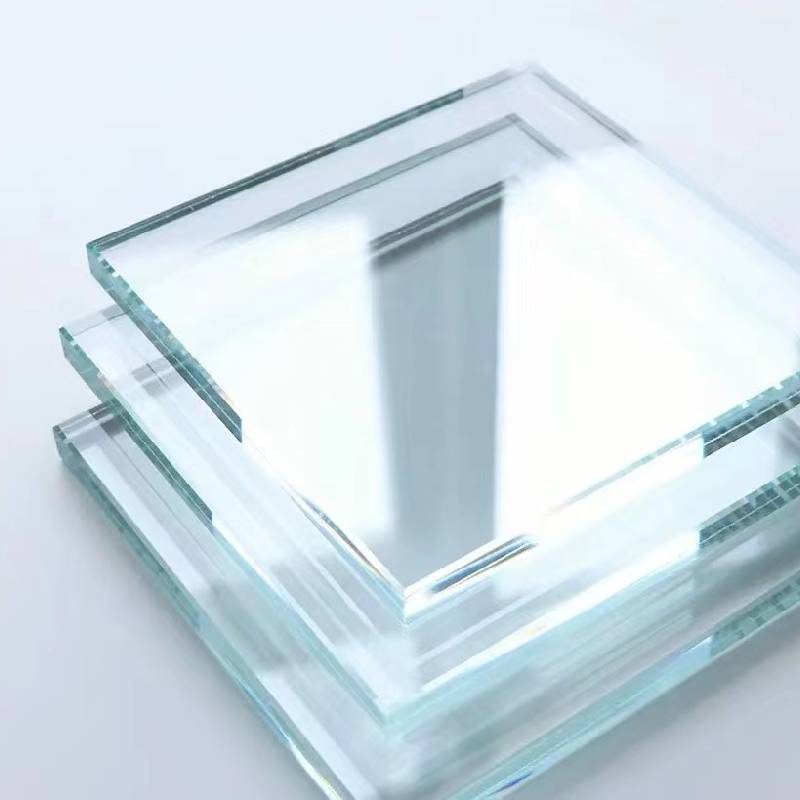

The Benefits of Argon-Filled Low-E Glass in Modern Architecture
In the realm of modern architecture and energy-efficient building design, materials play a crucial role. Among the most innovative advancements in this field is the use of argon-filled low-emissivity (Low-E) glass. This type of glass not only enhances the aesthetic appeal of buildings but also significantly improves energy efficiency and comfort.
Low-E glass is coated with a thin layer of metallic oxide that reflects infrared light, allowing sunlight to enter while retaining heat within the building. When this glass is filled with argon gas, an inert and non-toxic gas that is denser than air, its insulating properties are enhanced. Argon fills the space between the glass panes, reducing heat transfer and minimizing energy loss through conduction and convection.
The Benefits of Argon-Filled Low-E Glass in Modern Architecture
Moreover, the environmental impact of using argon-filled low-E glass is noteworthy. By decreasing energy consumption, buildings contribute to reduced greenhouse gas emissions. As more architects and builders become conscious of sustainability, the demand for such energy-efficient materials continues to grow. This shift not only helps combat climate change but also aligns with the increasing regulations focused on energy efficiency in buildings.

In addition to energy savings, this type of glass offers improved sound insulation. The argon gas within the sealed units dampens sound waves, making it an excellent choice for buildings situated in busy urban areas or near highways. Consequently, residents and occupants experience a quieter, more serene environment.
Another critical advantage is the reduction of UV radiation entering the building. While natural light is essential for a pleasant atmosphere, excessive UV rays can damage furnishings, flooring, and artwork. Low-E glass effectively blocks harmful UV rays, preserving the integrity of interior spaces.
Furthermore, the aesthetic versatility of argon-filled low-E glass is impressive. Available in various styles and finishes, it can be tailored to fit a wide range of architectural designs. Whether it’s large storefront windows or sleek residential facades, this glass enhances both form and function.
In conclusion, argon-filled low-E glass is a remarkable innovation in building materials. Its energy efficiency, environmental benefits, sound insulation properties, UV protection, and aesthetic versatility make it an ideal choice for modern architecture. As the construction industry continues to evolve, the integration of such advanced materials will undoubtedly play a pivotal role in creating sustainable and comfortable living spaces for future generations.